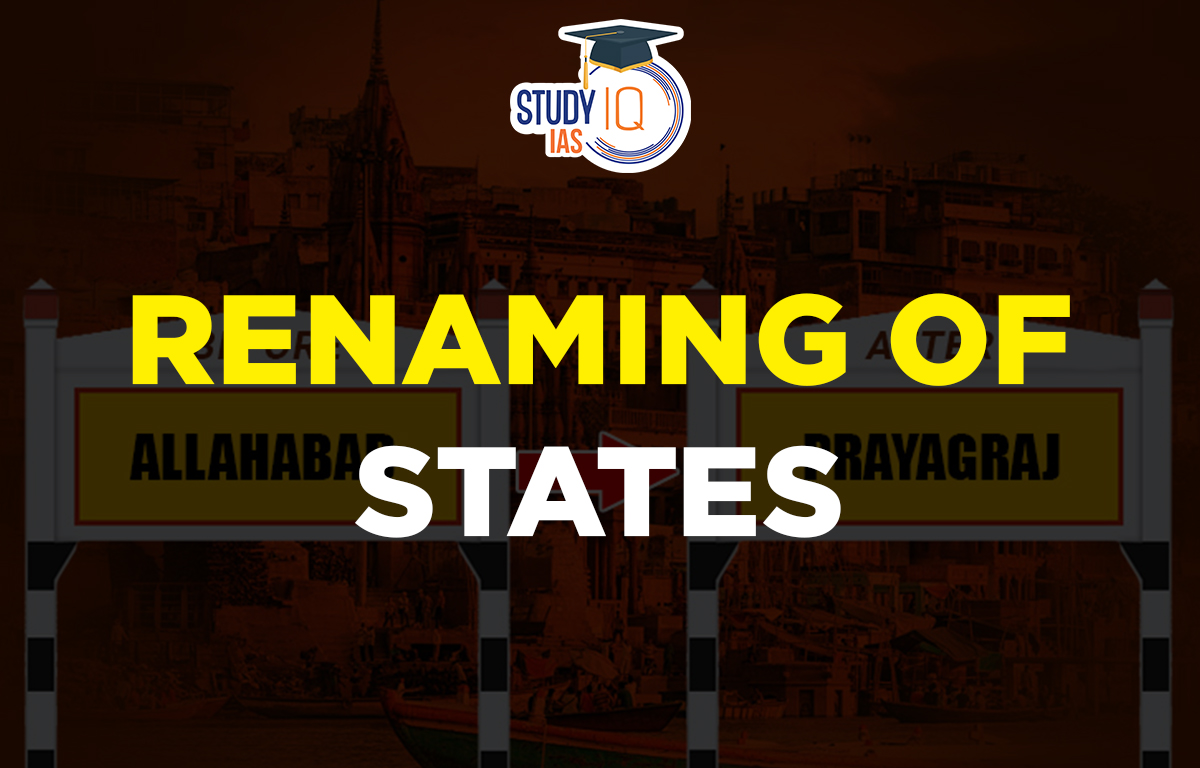Table of Contents
A Short History of Renaming of Madras to Tamil Nadu

Tamil Nadu Vs ‘Tamizhagam’ Row
- During a recent address to the volunteers of the Kashi Tamil Sangamam, the governor remarked that the word ‘Tamizhagam’ was a more appropriate term for Tamil Nadu.
- The issue with the name ‘Tamil Nadu’:
- At the centre of the debate is the word “Nadu” that means “geographical boundary” or “land”.
- The governor asserted that a misreading of Tamil history and the complexities of translation have resulted in “Nadu” coming to mean “country” or “nation-state”, which has now become the source of Tamil Nationalism and separatist politics.
- The name ‘Tamizhagam’:
- As per the rules of Tholkappiyam (the ancient Tamil grammar text), Tamizhagam can be split into two Tamil and akam.
- While the former denotes the language, the latter means ‘interior’ or ‘inner’. Together, the word gives the meaning Thamizhai agaththey konda nilam, ‘the land which innately has Tamil’.
- The governor suggested the word ‘Thamizhagam’ instead to distance from the interpretation of the term ‘Tamil Nadu’ as more of an autonomous region, than one that is part of India.
The Word ‘Nadu’
- It owes its origin to the ‘nadu’ used in the Chola period — as an administrative unit.
- The Chola kingdom was divided into nine mandalams or provinces.
- Under each mandalam there would be a group of kottams or valanadus.
- They were further divided as nadus. Under each nadu there was a group of villages called Ur.

The Procedure for Renaming of States
- Constitutional and legal provisions:
- Article 3 of the Indian Constitution: It gives the Indian Parliament the power to reorganize the territories of the states and to alter their boundaries, by passing a bill for this purpose.
- The State Reorganization Act of 1956: It provides a framework for the reorganization of states in India, including the changing of names of states.
- The procedure of renaming of the state can be initiated by either the Parliament or the State Legislature and the procedure is as follows:
- The renaming of a state requires Parliamentary approval under Article 3 and 4 of the Constitution.
- A bill for renaming a state may be introduced in the Parliament on the recommendation of the President.
- Before the introduction of the bill, the President shall send the bill to the respective state assembly for expressing their views within a stipulated time. The views of the state assembly are not binding, neither on the President nor on the Parliament.
- On the expiry of the period, the bill will be sent to the Parliament for deliberation. The bill in order to take the force of a law must be passed by a simple majority.
- The bill is sent for approval to the President. After the approval of the said bill, the bill becomes a law and the name of the state stands modified
- Renaming of cities and states in India has become a political issue for several reasons:
- Identity politics: Renaming of cities and states is often seen as a way to assert the identity and cultural heritage of a particular community or group. This can be a powerful political tool for parties and leaders who seek to mobilize support from such communities.
- Regionalism: Changing the names based on historical, cultural, and linguistic factors can lead to tension and conflict between different regions and communities.
- Historical revisionism: Renaming of cities and states can be used as a way to rewrite history and assert a particular version of events. This can be a contentious issue, as it can be seen as an attempt to erase or marginalize certain groups or communities.


 MPPSC FSO Recruitment Notification 2025 ...
MPPSC FSO Recruitment Notification 2025 ...
 UNESCO World Heritage Sites of India Lis...
UNESCO World Heritage Sites of India Lis...
 Consolidated Fund of India, Meaning and ...
Consolidated Fund of India, Meaning and ...





















